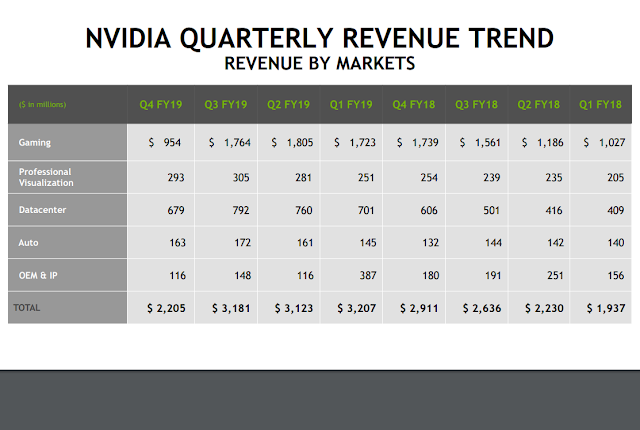 Vapor IO, a start-up developing an infrastructure edge computing platform, is leading a new Kinetic Edge Alliance (KEA) to bring together the technology, assets and deployment partners to bring edge capabilities to major U.S. metro markets.
Vapor IO, a start-up developing an infrastructure edge computing platform, is leading a new Kinetic Edge Alliance (KEA) to bring together the technology, assets and deployment partners to bring edge capabilities to major U.S. metro markets.The key idea is to leverage Vapor IO’s Kinetic Edge, an infrastructure architecture that uses software and high-speed connectivity to combine three or more micro data centers that ring a metro area into a single logical data center.
 The plan calls for tower-connected infrastructure for edge computing reaching nearly 50% of the nation’s population by the end of 2020. The Alliance will focus on the first six Kinetic Edge markets: Chicago, Pittsburgh, Atlanta, Dallas, Los Angeles and Seattle. Chicago, the first Kinetic Edge city, has two Kinetic Edge sites online today with a third coming online later in Q1.
The plan calls for tower-connected infrastructure for edge computing reaching nearly 50% of the nation’s population by the end of 2020. The Alliance will focus on the first six Kinetic Edge markets: Chicago, Pittsburgh, Atlanta, Dallas, Los Angeles and Seattle. Chicago, the first Kinetic Edge city, has two Kinetic Edge sites online today with a third coming online later in Q1.KEA includes Deployment Partners — Federated Wireless, Linode, MobiledgeX, Packet and StackPath — and Technical Partners — Alef Mobitech, Detecon International, Hitachi Vantara, New Continuum Data Centers, Pluribus Networks, and Seagate Technology.























